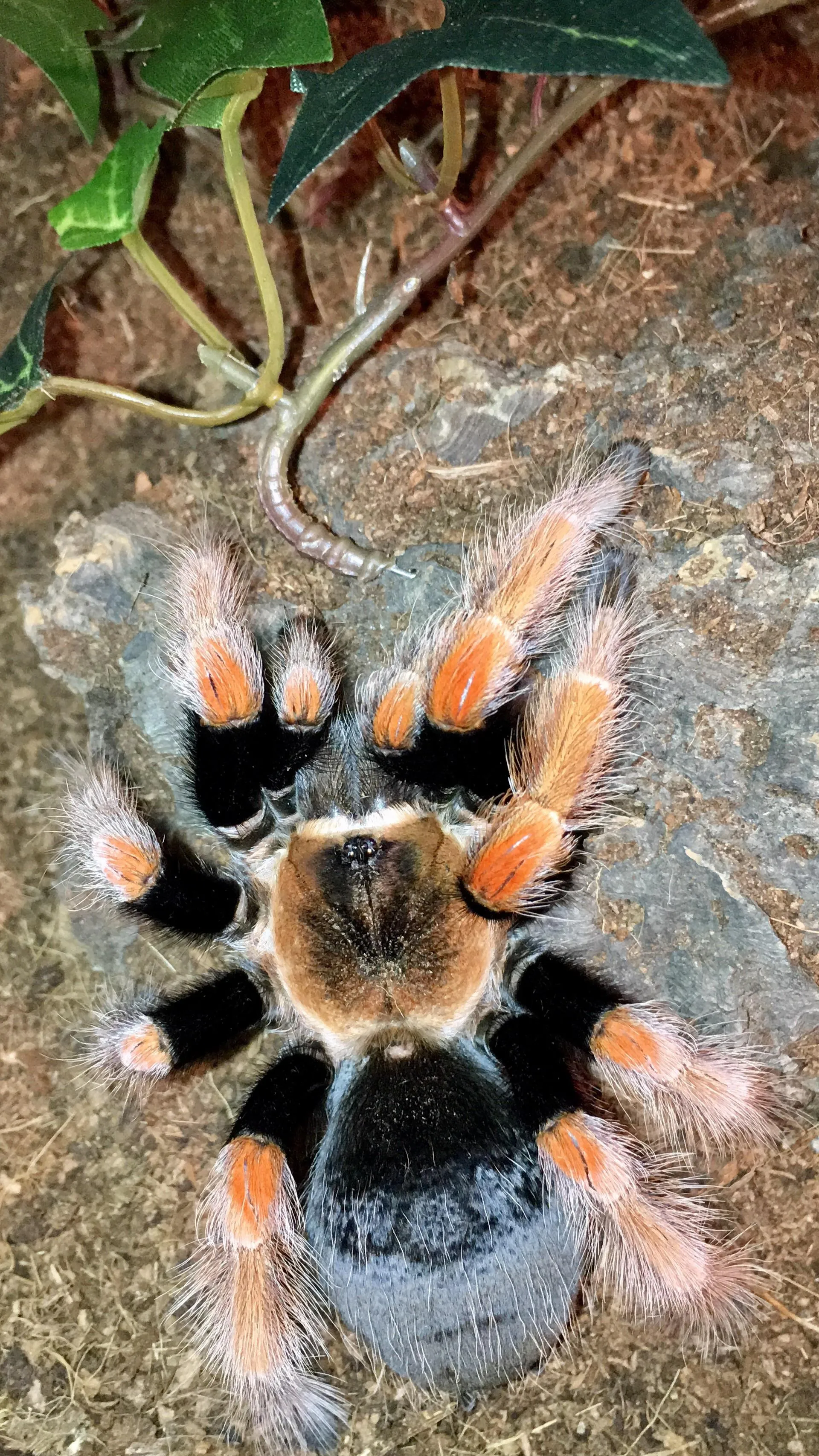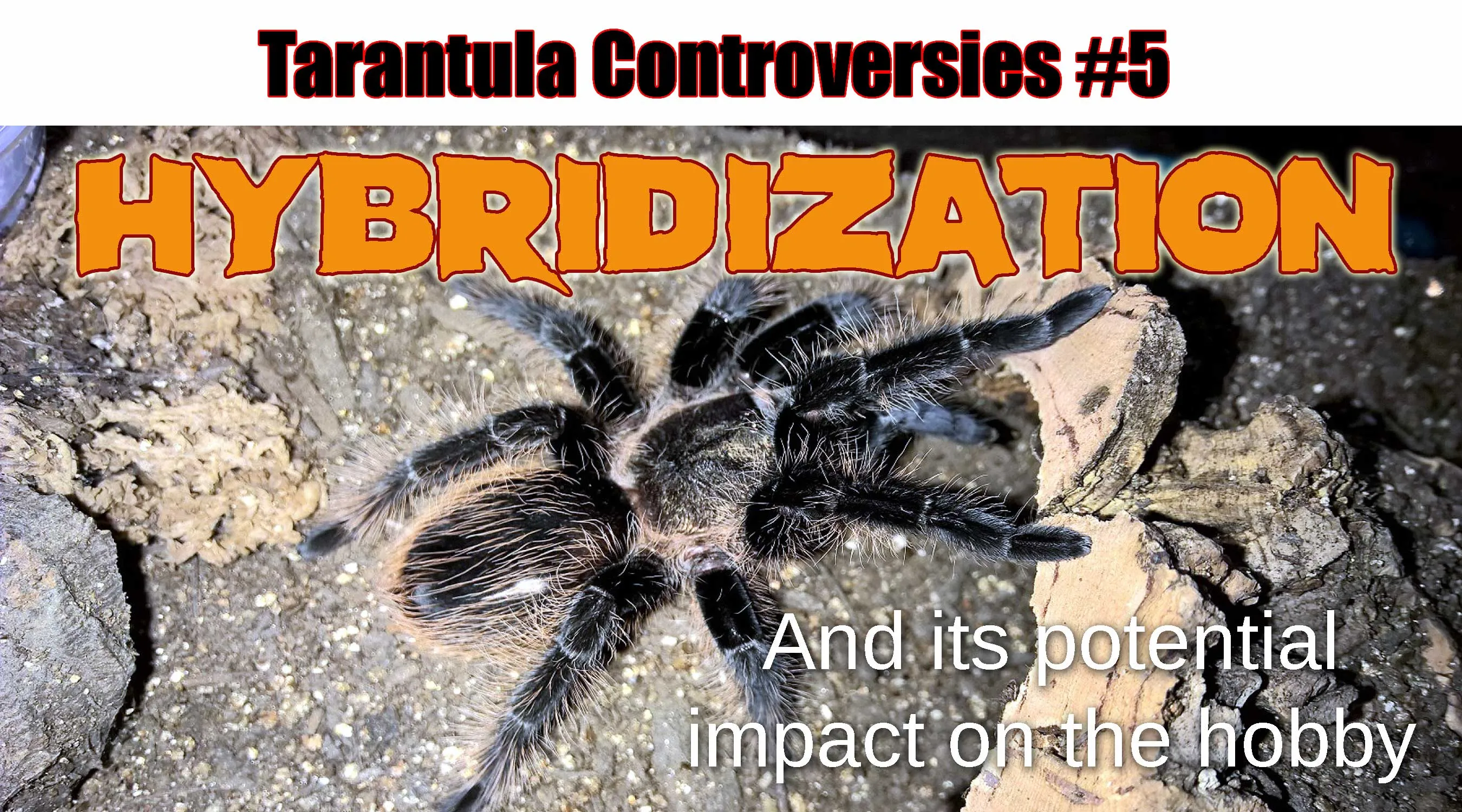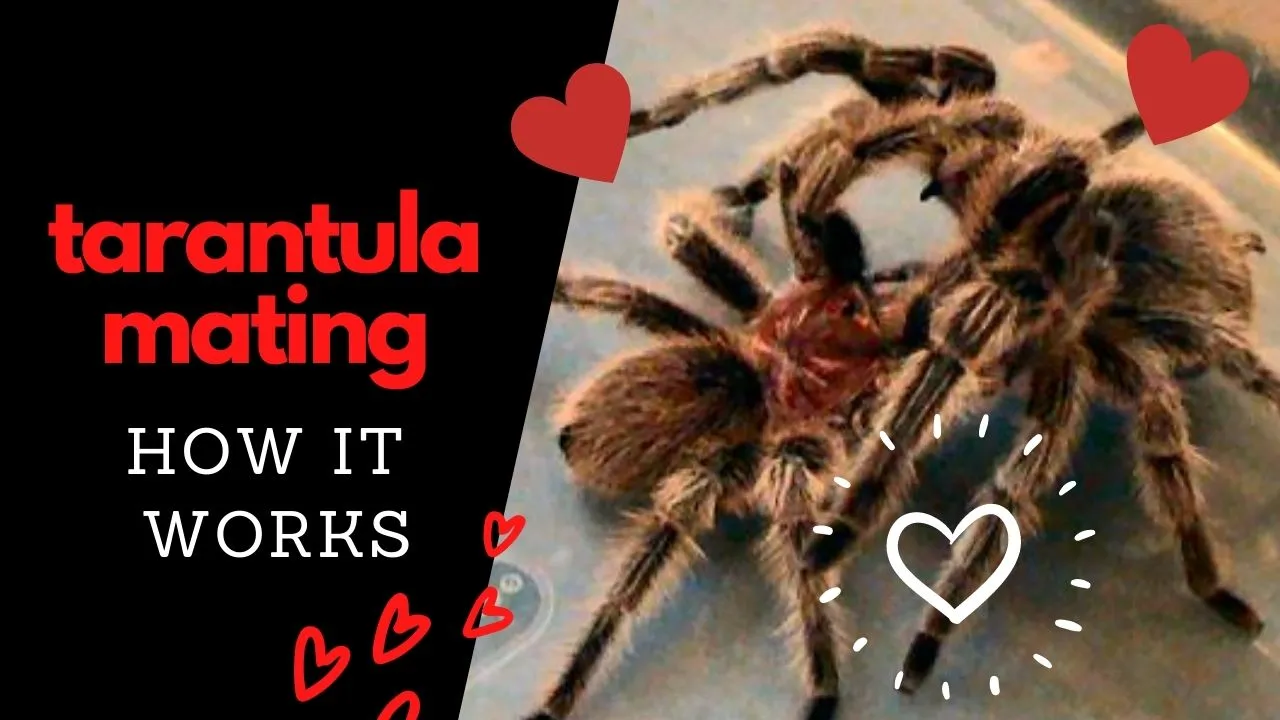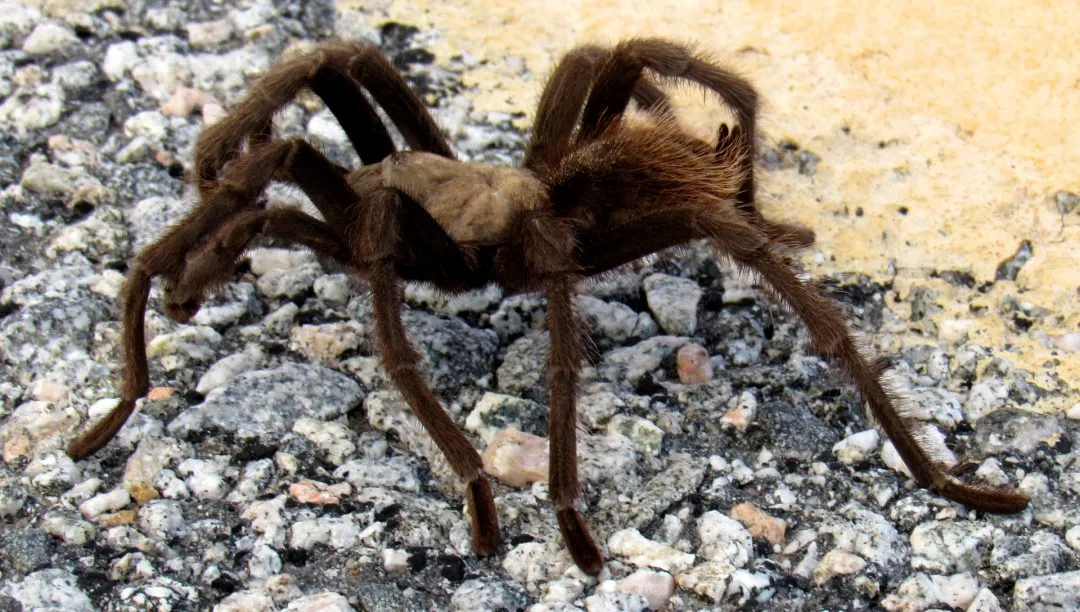Understanding Tarantula Hybrids
Venturing into the world of tarantula hybrid breeding requires a solid foundation of knowledge. This guide will walk you through the essential aspects of successfully breeding tarantula hybrids, from understanding what they are to the ethical considerations involved. Breeding tarantulas can be a rewarding experience, but it demands careful planning, meticulous execution, and a deep respect for these fascinating creatures. Understanding the nuances of hybrid breeding is crucial for anyone considering this endeavor. Let’s begin by exploring the fundamentals of tarantula hybrids, ensuring you have a clear understanding before proceeding further.
What is a Tarantula Hybrid
A tarantula hybrid is the offspring resulting from the crossbreeding of two different species of tarantulas. This can occur naturally in some instances, but more commonly, it’s the result of human intervention. These hybrids can exhibit a combination of traits from both parent species, potentially leading to unique appearances, behaviors, and sometimes, unexpected challenges. The creation of hybrids is a complex process that requires careful selection of parent species and a good understanding of their genetic compatibility. It is important to note that not all tarantula species can successfully produce viable hybrid offspring, and the resulting specimens may have reduced fertility or other health concerns. Hybridization is, therefore, a specialized area within tarantula keeping that necessitates a high level of expertise and awareness.
Are Tarantula Hybrids Safe

The safety of tarantula hybrids is a complex question. The venom of a tarantula hybrid will likely be similar to that of its parent species, but the exact composition of the venom can vary. Generally, tarantulas are not considered life-threatening to humans, but their bites can be painful and cause localized symptoms. When handling any tarantula, including hybrids, it’s essential to exercise caution and avoid unnecessary risks. Always handle tarantulas in a secure environment and never provoke them. Proper research on the parent species is crucial to understand potential aggression levels and venom potency. Always be aware of the possibility of allergic reactions. Be prepared to seek medical attention if necessary.
Legality of Breeding Tarantula Hybrids
The legality of breeding tarantula hybrids can vary depending on your location. Some regions may have specific regulations regarding the breeding and sale of exotic animals, while others may not. Before you begin breeding any tarantula, it’s crucial to research and understand the laws in your area. Many jurisdictions require permits or licenses for breeding exotic animals, and failure to comply can result in penalties. Additionally, there may be restrictions on the sale or transport of certain tarantula species or hybrids. Consult with your local wildlife authorities and animal control agencies to ensure you are in compliance with all applicable regulations. Always prioritize ethical considerations and responsible animal husbandry.
Preparing for Tarantula Hybrid Breeding
Successful tarantula hybrid breeding begins long before the mating process. Thorough preparation is essential for increasing your chances of success and ensuring the health and well-being of both the adult tarantulas and their offspring. This preparation encompasses selecting the right species, ensuring the health of your breeding stock, and creating an ideal environment for mating, egg sac development, and spiderling growth. Careful planning and attention to detail are vital for a positive outcome.
Selecting the Right Tarantula Species

Choosing the right tarantula species is the first crucial step in hybrid breeding. Not all tarantula species are compatible, and some crosses may result in infertile offspring or other complications. Research the genetic compatibility of the species you are considering. Look for documented instances of successful hybrid breeding or consult with experienced breeders. Consider the size, temperament, and environmental requirements of each species. Ensure that you can provide appropriate care for both parent species and any potential offspring. Select species that are readily available and that you have experience keeping. Thorough research and careful selection are key to a successful breeding project.
Choosing Healthy Breeding Stock
The health of your breeding stock directly impacts the success of your breeding efforts. Ensure that both the male and female tarantulas are in excellent health before attempting to breed them. Look for active individuals with healthy appetites, no signs of illness or parasites, and proper molting history. Quarantine any new tarantulas before introducing them to your breeding colony. Provide a varied and nutritious diet to ensure that your tarantulas are in optimal condition for breeding. If possible, obtain your breeding stock from reputable sources that can guarantee the health and origin of their animals. A healthy breeding pair is the foundation for healthy offspring.
Creating the Ideal Environment
The environmental conditions play a critical role in tarantula breeding. Different species have different requirements, so research the specific needs of the tarantulas you intend to breed. Provide appropriate temperature, humidity, and substrate for each species. Create a secure and stress-free environment to encourage mating behavior. The enclosure should be spacious enough for both tarantulas and provide adequate hiding places. Ensure that the enclosure is clean and well-maintained. Make the appropriate adjustments to the environment leading up to the mating such as changes in humidity or temperature to stimulate mating. A well-maintained environment is essential for successful mating and egg sac development.
Mating and Egg Sac Management

The mating process and subsequent egg sac management are critical stages in tarantula hybrid breeding. Successfully navigating these phases requires patience, observation, and a keen understanding of tarantula behavior. This section will delve into the intricacies of encouraging successful mating and providing optimal care for the egg sac to maximize the chances of healthy spiderlings.
The Mating Process
The mating process can vary between tarantula species, but certain general principles apply. Before introducing the male to the female, ensure that both tarantulas are well-fed. Introduce the male into the female’s enclosure cautiously, closely monitoring their behavior. The male will typically approach the female and begin displaying courtship rituals. The female may either accept or reject the male. If the female accepts, the male will insert his palps into her epigastric furrow to deposit sperm. After mating, separate the male from the female to prevent the female from cannibalizing him. The entire process can be a delicate affair, and it’s important to be prepared for a variety of outcomes.
Egg Sac Incubation and Care
After mating, the female will typically create an egg sac. Provide the female with an appropriate environment for egg sac development, including adequate humidity and a secure space. The female will usually tend to the egg sac, turning it and protecting it. Monitor the egg sac closely for any signs of problems. The incubation period can vary depending on the species and environmental conditions. Once the spiderlings emerge, the female may or may not provide further care. Be prepared to remove the spiderlings once they have molted their first instar or the mother starts to eat them, as this can indicate she is done caring for the spiderlings. Provide the spiderlings with appropriate food and housing.
Raising Spiderlings

Raising spiderlings is a rewarding but demanding task. It requires careful attention to detail, consistent care, and a good understanding of their specific needs. From initial care and feeding to providing suitable housing as they grow, this section will guide you through the essential steps of successfully raising tarantula spiderlings.
Initial Care and Feeding
Newly hatched spiderlings, or spiderlings that have hatched from the egg sac, are very small and require specialized care. Provide them with a suitable microenvironment, including adequate humidity and temperature. Offer appropriately sized food items, such as fruit flies or pinhead crickets. Feed the spiderlings regularly, typically every other day or as needed. Ensure that the food items are small enough for the spiderlings to consume. Maintain a clean environment to prevent the spread of disease. Monitor the spiderlings closely for any signs of health problems or stress. Regular observation and prompt action are vital during this critical stage of development.
Housing and Growth Stages
As the spiderlings grow, they will require larger housing and adjustments to their care. Provide individual enclosures to prevent cannibalism. Choose enclosures with adequate ventilation and secure lids. Provide substrate appropriate for the species and size of the spiderlings. Adjust the temperature and humidity levels as needed. Increase the size of the food items as the spiderlings molt and grow. Monitor the spiderlings for molting and adjust their care accordingly. Regular observations and adjustments will ensure your spiderlings thrive as they mature into adults.
Challenges and Considerations

Breeding tarantula hybrids presents a unique set of challenges and considerations. Understanding and preparing for these obstacles is crucial for success. Genetic concerns, ethical breeding practices, and potential health problems must be carefully considered. It is essential to approach this undertaking with a responsible mindset and a commitment to the well-being of the animals.
Genetic Concerns and Ethical Breeding
When breeding tarantula hybrids, it’s important to be aware of potential genetic concerns. Hybrids may inherit genetic defects or predispositions to certain health problems. Research the genetics of both parent species to minimize the risk of producing unhealthy offspring. Practice ethical breeding by prioritizing the health and well-being of the animals. Avoid breeding individuals with known genetic issues. Only breed tarantulas when you have a clear understanding of their lineage. Responsible breeding involves careful selection of parent stock, proper record-keeping, and a commitment to transparency. Be prepared to address the challenges associated with producing hybrids, and always place the welfare of the animals above all else.
Health Problems and Prevention
Tarantula hybrids, like all tarantulas, can be susceptible to various health problems. Proper care is essential to prevent these issues. Provide a clean environment, a balanced diet, and appropriate temperature and humidity levels. Common health problems include parasitic infections, fungal infections, and injuries. Quarantine new tarantulas to prevent the spread of disease. Regularly inspect your tarantulas for any signs of illness or injury. Be prepared to seek veterinary care if necessary. Prevention is the best medicine, so prioritize preventative measures and maintain meticulous standards of care.
